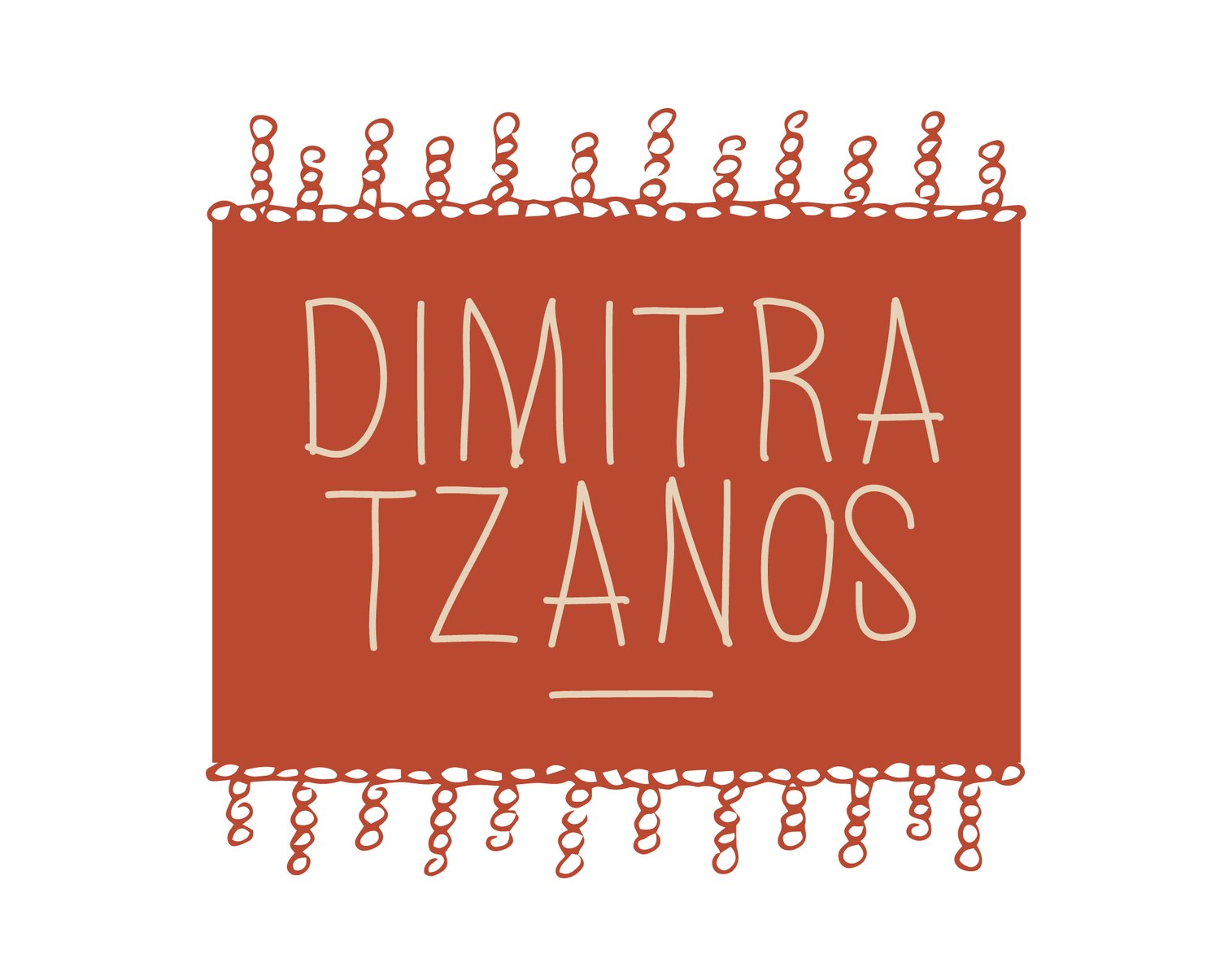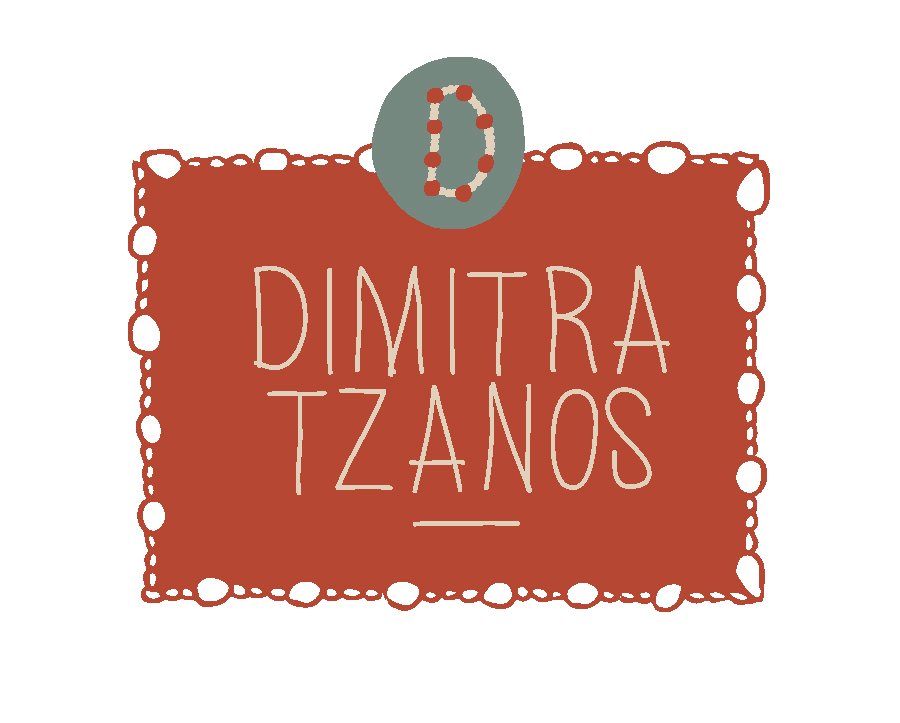From Concept to Context: Exploring the Intersection of Art and Utility
Creating art can be a deeply personal and fulfilling endeavor, but what happens when the art you create doesn't quite fit the application you intended? This dilemma is something many artists face – whether to tailor their creative process to suit a specific application or to create art and find an application for it later. It's a question that raises fundamental issues about the nature of creativity and intentionality in artistic pursuits.
Fortunately, with the rise of print-on-demand services and readily available mock-ups, artists now have the ability to visualize their work on various products almost instantly. This accessibility allows creators to see how their art translates onto different applications, prompting them to consider the end-user's perspective. Whether it's imagining their design on fabric that will be used for fashion or home decor, stationery and other paper goods, wall art or tech accessories, this process of visualizing the end product can profoundly influence the creative process.
In my own journey as a creative, I've found that understanding the nuances of different applications has been invaluable. By familiarizing myself with the characteristics and histories of various products – from fabrics used in fashion accessories and home decor to notebooks, journals and even kitchenware – I've been able to approach my art with a more informed perspective. This knowledge has not only expanded my creative possibilities but has also instilled a newfound appreciation for the objects themselves.
Moreover, this holistic approach to creating art has set in motion a cycle where the context of the art informs my decisions, leading to more thoughtful and deliberate creations. By wearing different "thinking hats" – that of the artist, the designer, and the end-user – I've developed a deeper understanding of how art interacts with its intended application. This multidimensional perspective has not only enhanced the quality of my work but has also broadened my artistic horizons.
Just a couple of examples of mockup presenting the design in context. It really helps to see your work through a new lens.
To navigate the challenge of aligning art with specific applications or finding suitable applications for art, I've outlined five tips:
Research and Understand the Application: Take the time to familiarize yourself with the characteristics, uses, and history of the application you're considering for your art. Whether it's a mug, phone case, fabric, or any other product, understanding its purpose and audience can inform your creative decisions and ensure that your art resonates with its intended context.
Experiment with Mock-Ups and Samples: Utilize print-on-demand services and mock-up generators to visualize your art on various products before committing to a final design. Experimenting with different applications allows you to assess how your art translates onto different surfaces and helps you make informed decisions about composition, scale, and color.
Consider the End User's Perspective: Put yourself in the shoes of the end user and consider how they will interact with your art in its intended application. Will it enhance their daily routine, spark joy, or evoke a specific emotion? By considering the end user's perspective, you can create art that resonates with its audience and enhances their experience with the product.
Embrace Versatility and Adaptability: Keep an open mind and be willing to adapt your art to suit different applications. While you may have a specific vision in mind for your art, being flexible and open to new possibilities can lead to unexpected creative opportunities. Experiment with different styles, formats, and applications to discover new ways to showcase your art.
Iterate and Refine: Creating art for specific applications is an iterative process, so don't be afraid to experiment, iterate, and refine your designs until they align seamlessly with their intended context. Solicit feedback from peers, friends, and potential customers to gain valuable insights and perspectives that can help you fine-tune your art for its intended application.
Following these tips enables artists to create meaningful and impactful art that resonates with audiences.
I've compiled a comprehensive list of 100 Applications ideal fro bringing your design visions to life. Download it here for free.
Ultimately, whether one chooses to create art with a specific application in mind or to let the application emerge organically from the creative process is a matter of personal preference. Both approaches have their merits and can lead to meaningful artistic outcomes. What's essential is to remain open-minded and adaptable, embracing the creative journey in all its iterations. As artists, we have the power to shape our creations and the flexibility to explore new avenues of expression. So, whether it's the chicken or the egg, what matters most is the art that hatches from our imagination.



